Trying to follow the wise words of veteran Y wing pilot Davish Krail, isn’t easy.
(If I’m honest I had to look that up on wookiepedia, I thought it was Wedge Antilles)
When I’m working on the game, my mind starts to wander and make up backstories, extra scenes, new locations or an extra twist. It even happens in the shower, or while out walking the dogs, I can’t silence the voices !!
I’m my worst enemy when it comes to sticking to the plan.
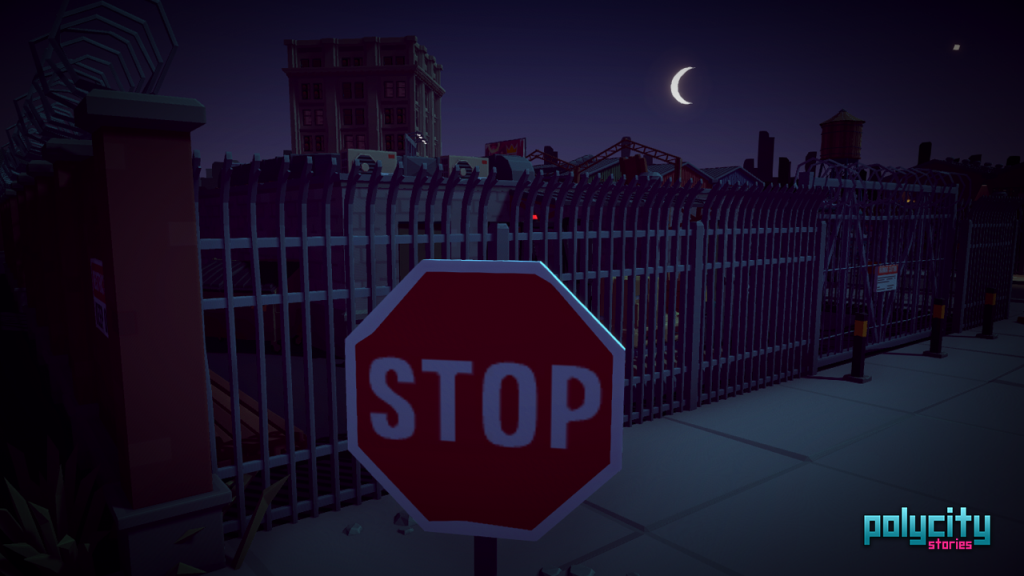
One of the joys of fabricating a whole story, a whole city, the offices, industrial estates, suburbs, shady alleys and their inhabitants, is my brain never stops creating. It’s actually a really enjoyable part of the process, and I know other’s have the same issue, it’s the curse of the creative mind.
Whether you like his Jack Reacher books or not, best selling author Lee Child has spoken about this a lot. He doesn’t plan a Reacher novel, he sets up a scenario in his mind but even he doesn’t know what’s going to happen until it starts flowing out into his keyboard.
I’ve watched a great interview with him, where he explains that he simply couldn’t plan out the whole plot, purely because that’s the part of the process that he enjoys most, otherwise he’d be totally bored. He’s along for the ride, just like the reader.
This is yet another piece of the scope-creep puzzle which needs to be managed by a part time indie developer. A totally free reign, organic changing story would be a fantastically freeing and creative way to make an adventure game, but in reality it just isn’t feasible.
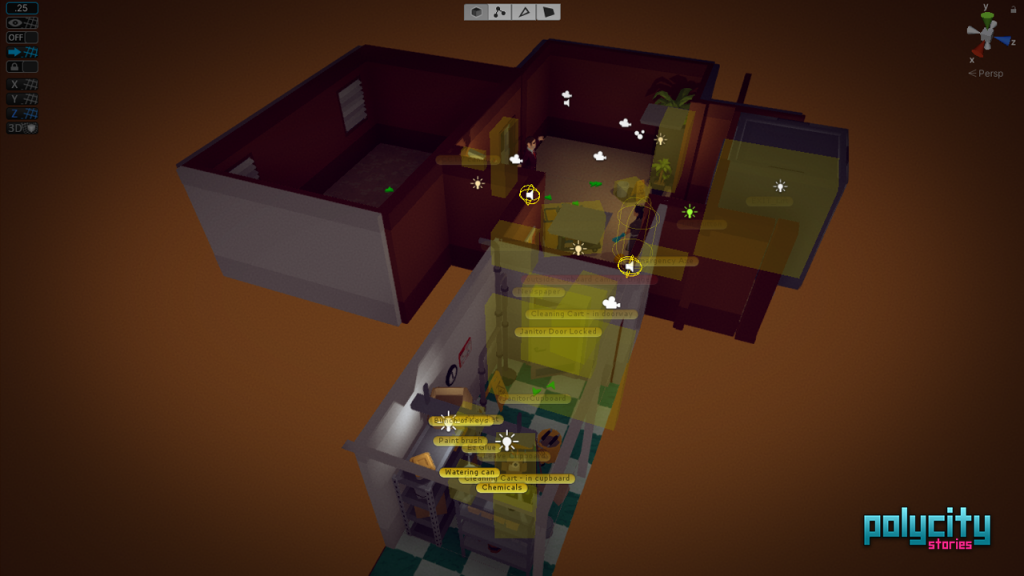
The risk is too high with so much effort and time needing to go into every interaction and puzzle, to just go wandering off with the plot.
That said, it remains a favourite pastime of mine, I just try and scale things down in my mind, ease the brakes on a little. It’s a great feeling to think of a little extra, just something small that can weaved in, or maybe a better idea for a scene or camera shot that hasn’t been built yet. Or even a new character you meet in an alley.
There’s no doubt straying from the plan will slow me down, but hopefully those little extras, and kinks in the path will make the journey more exciting for everyone.
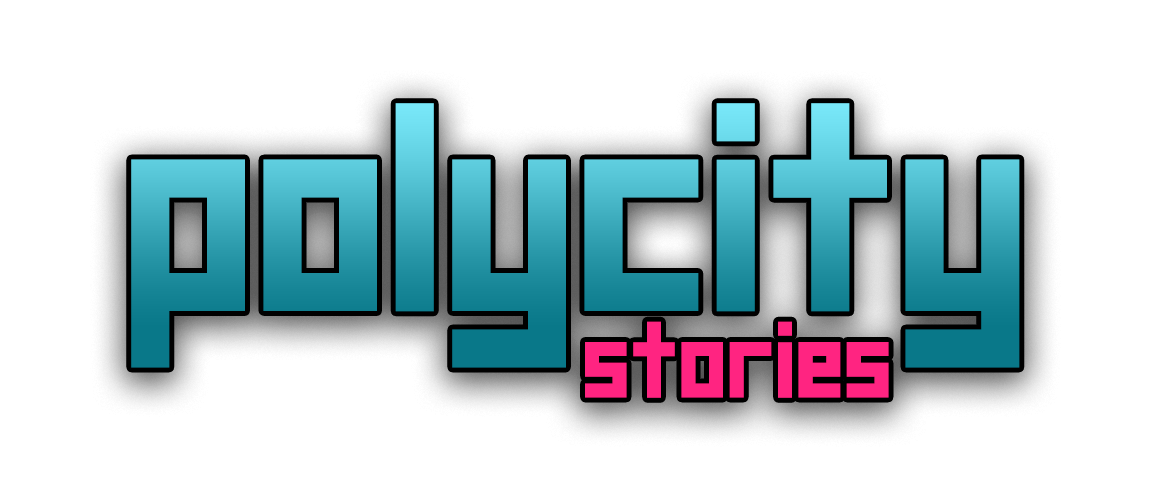
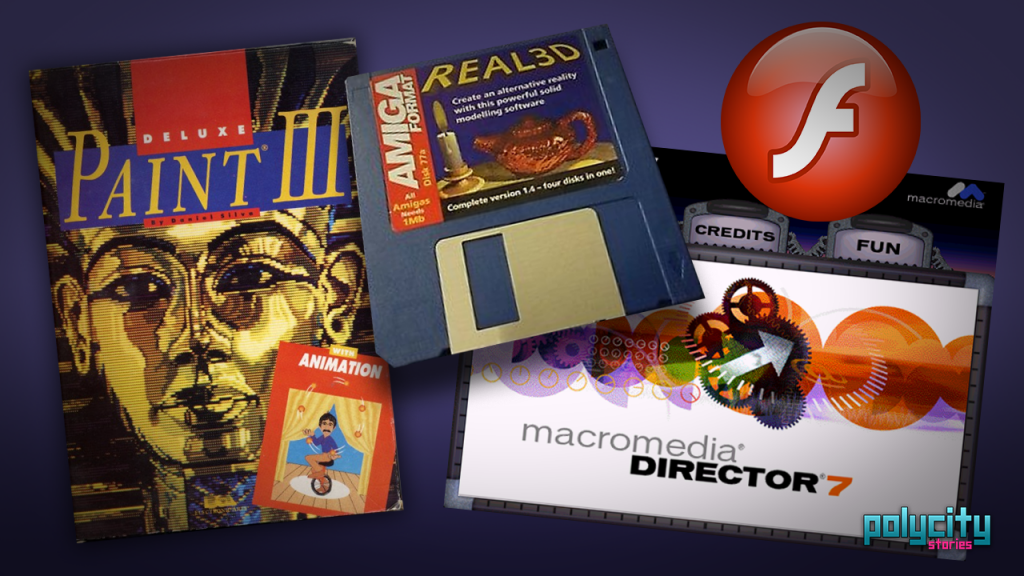
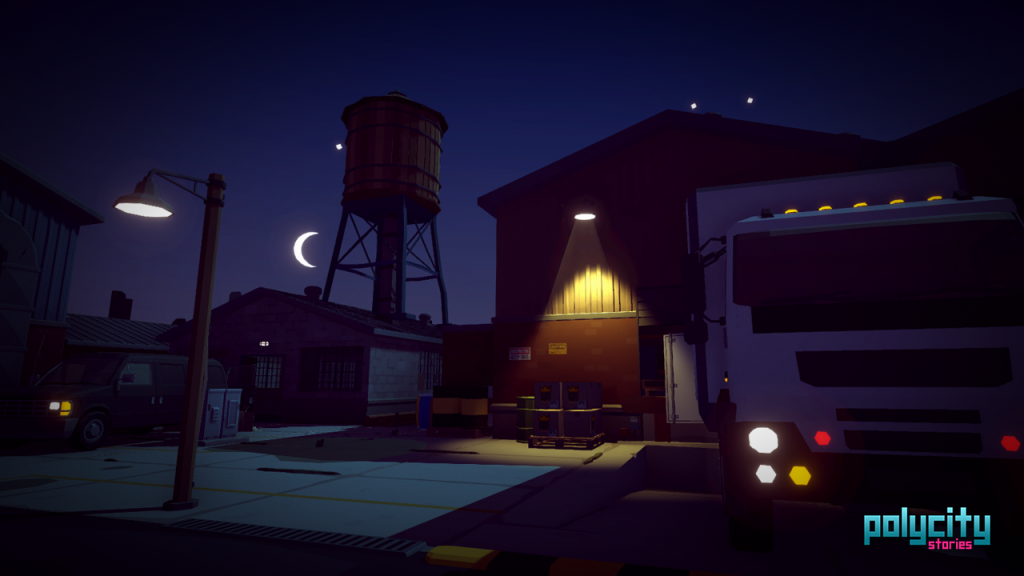

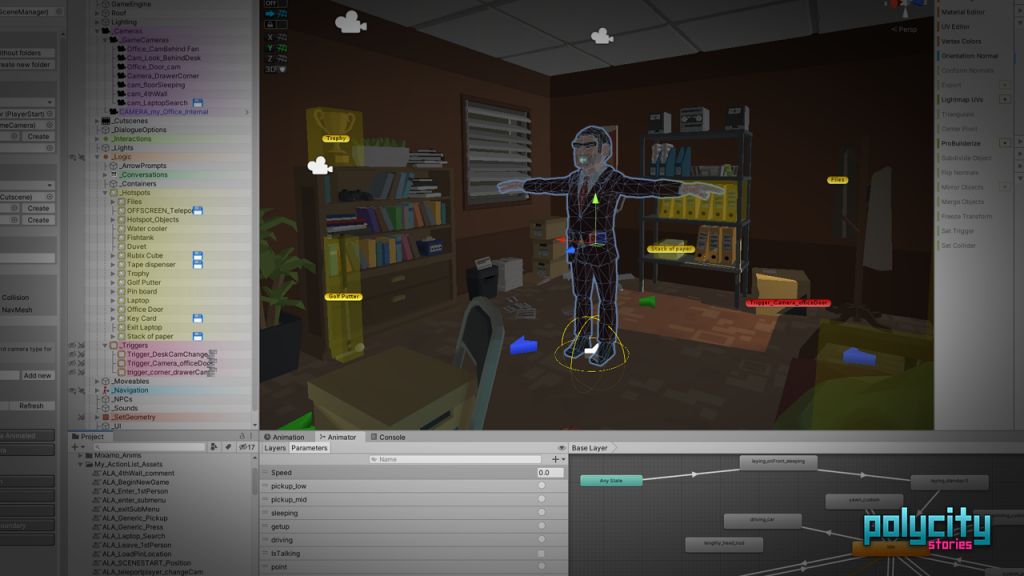
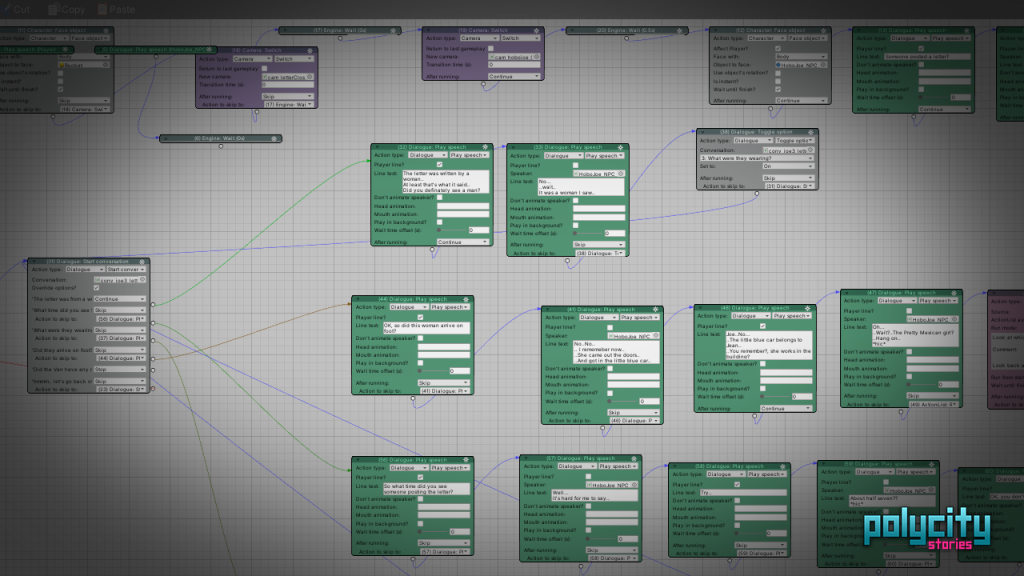
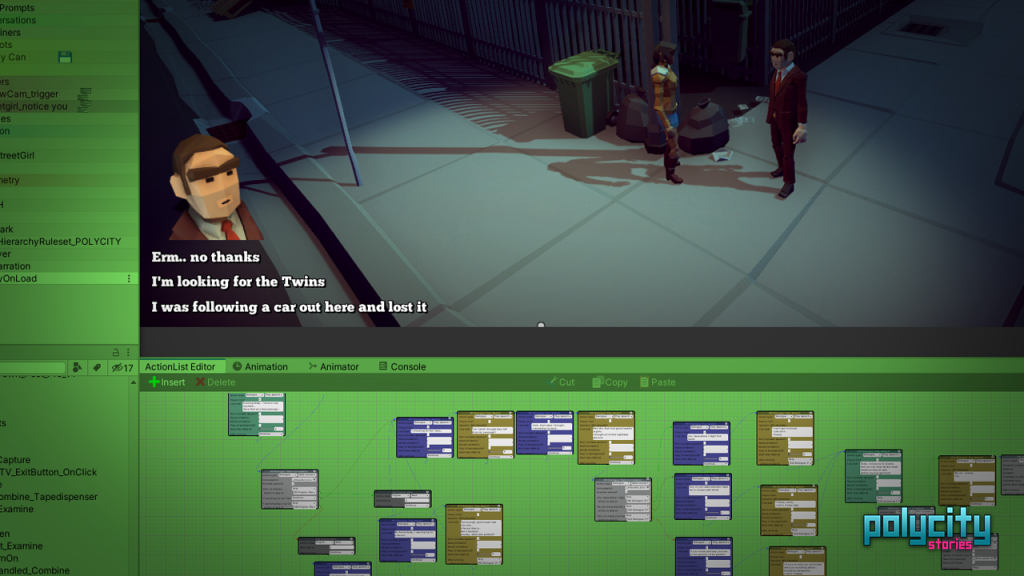
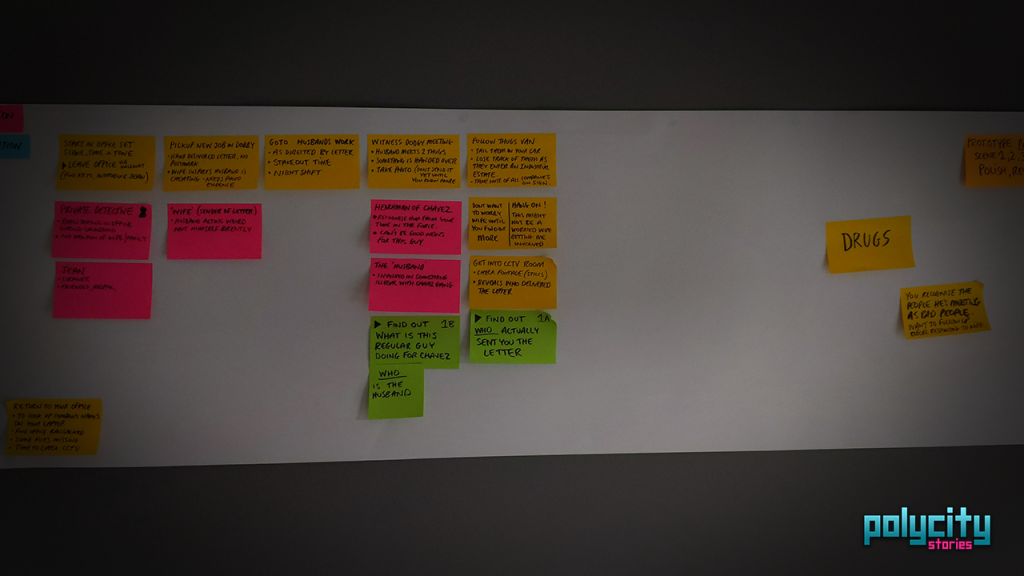
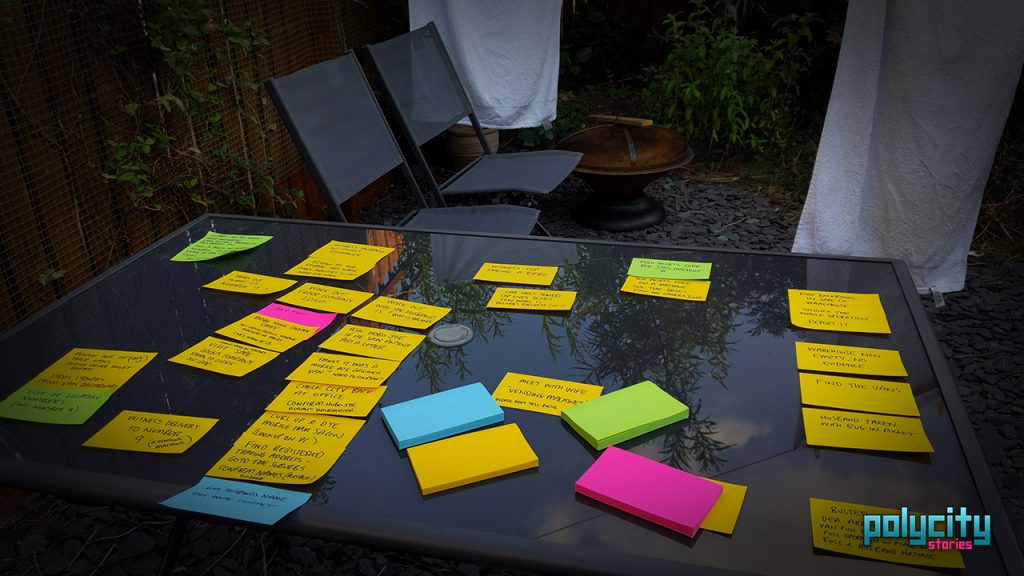
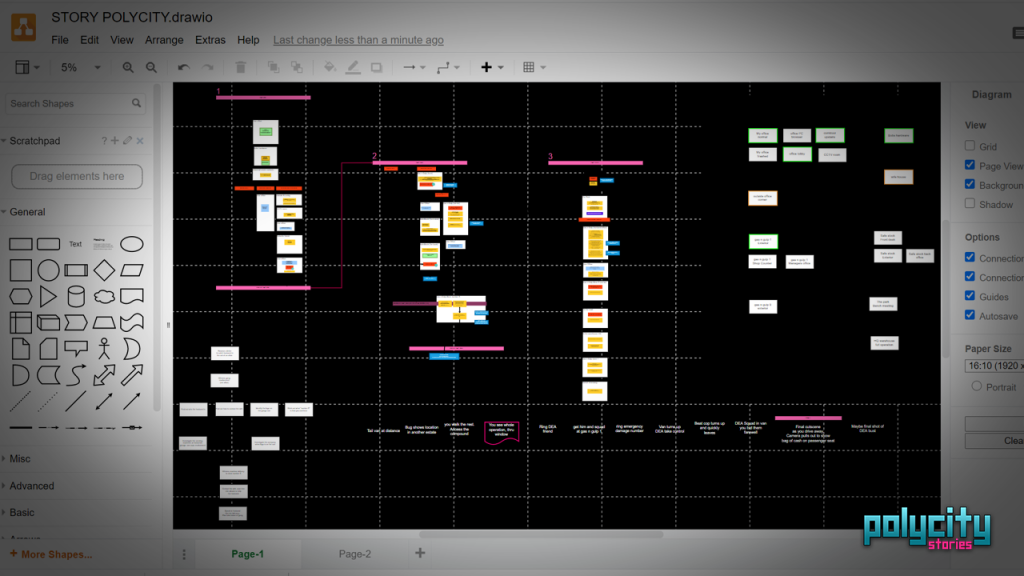
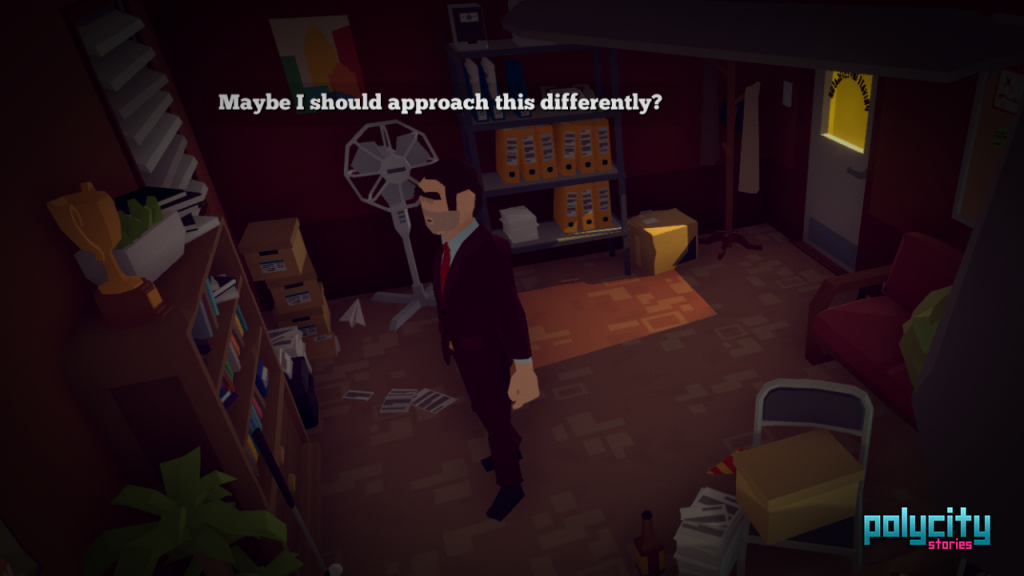
Recent Comments